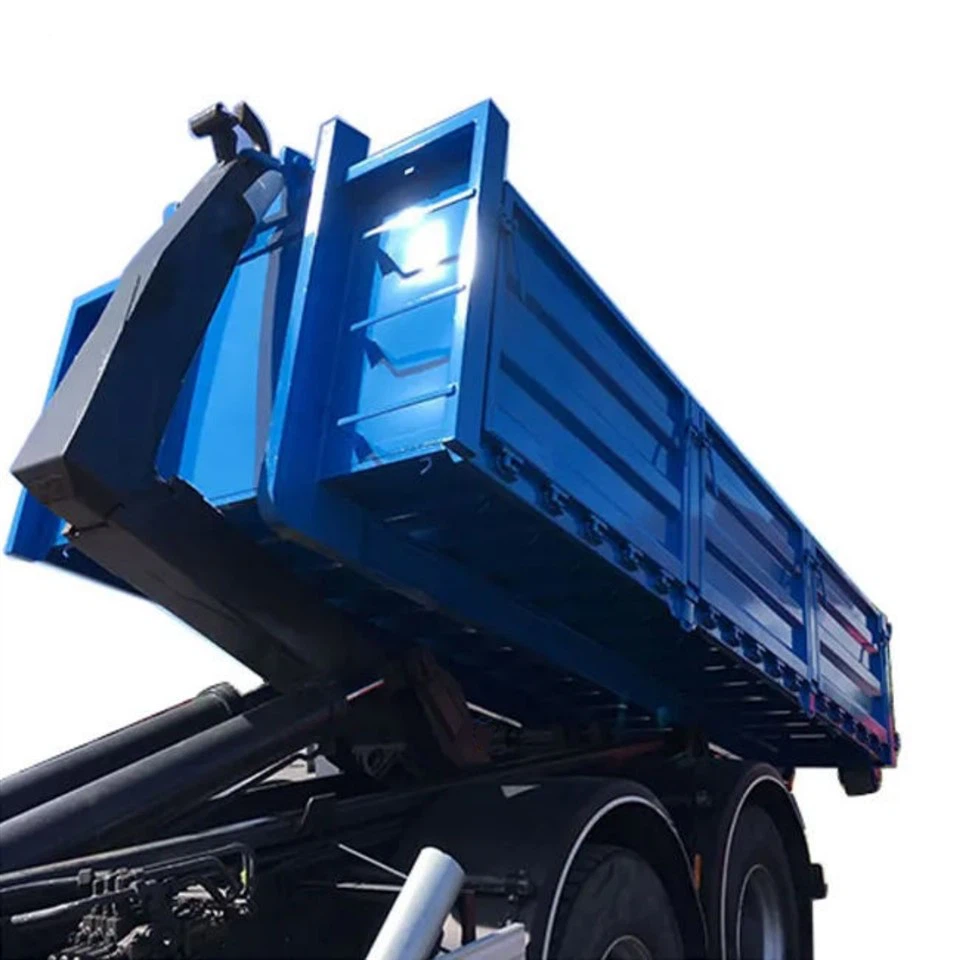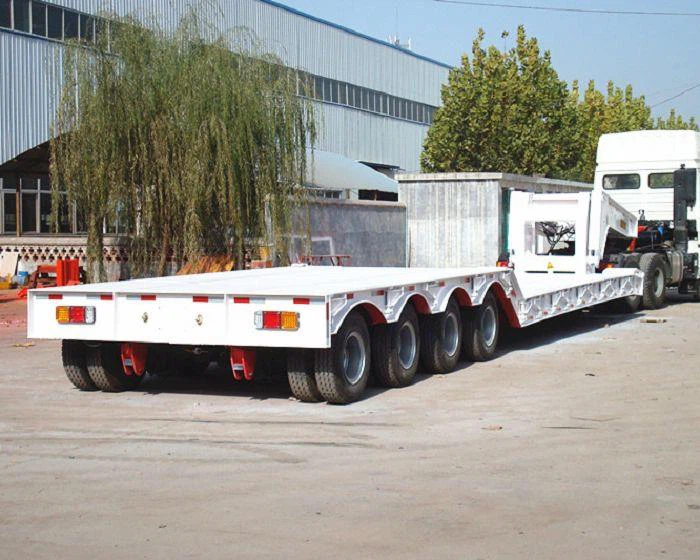PAC Sanitation: A Comprehensive Guide to Effective Sanitization Practices

Introduction
PAC sanitation is an essential aspect of maintaining hygiene and safety across various industries, including food service, healthcare, and manufacturing. The concept revolves around ensuring cleanliness and preventing contamination, which is crucial for public health and compliance with industry regulations. In this article, we will explore the various facets of PAC sanitation, including its principles, practices, and the technologies that enhance its effectiveness. By the end of this comprehensive guide, you will have a deeper understanding of PAC sanitation and practical strategies for implementation.
What is PAC Sanitation?
PAC sanitation refers to the systematic approach involved in the cleaning and disinfecting of surfaces, equipment, and environments to control or eliminate pathogens and contaminants. PAC stands for “Prevention, Assessment, and Cleaning.” This framework helps organizations create effective sanitation protocols tailored to their specific needs. Understanding the principles of PAC sanitation can significantly minimize the risks of infections and diseases.
The Importance of PAC Sanitation
- Health Safety: Reduces the spread of infectious diseases.
- Regulatory Compliance: Ensures adherence to local and international health regulations.
- Operational Efficiency: Maintains equipment and prolongs their lifespan.
- Customer Confidence: Builds trust among clients and patrons regarding hygiene practices.
Key Principles of PAC Sanitation
Prevention
The prevention aspect of PAC sanitation emphasizes proactive measures that can be taken to minimize contamination risks. Implementing guidelines and training staff on best practices can significantly reduce the likelihood of pathogens entering a facility.

Examples of Preventive Measures
- Regular training sessions for staff on hygiene practices.
- Designing workflows that limit cross-contamination.
- Utilizing personal protective equipment (PPE) as required.
Assessment
Assessment involves regularly evaluating the sanitation processes in place to determine their effectiveness. This can include routine inspections, audits, and microbiological testing to identify potential problem areas.
Methods for Effective Assessment

- Conduct routine inspections with checklists.
- Utilize ATP testing to measure surface cleanliness.
- Gather feedback from employees regarding sanitation practices.
Cleaning
Cleaning is the physical removal of dirt, dust, and debris, which is a critical first step in effective sanitation. It is necessary to choose the appropriate cleaning agents and methods for different types of surfaces.
Cleaning Techniques
| Surface Type | Recommended Cleaning Method | Cleaning Agents |
|---|---|---|
| Food Contact Surfaces | Manual Cleaning | Neutral pH cleaners |
| Floors | Floor Scrubbing | Detergents and disinfectants |
| Personal Protective Equipment (PPE) | Automated washing systems | Specialized detergents |
Implementing PAC Sanitation in Your Facility
Creating a Sanitation Plan
To effectively implement PAC sanitation, a comprehensive sanitation plan is necessary. This plan should detail responsibilities, procedures, and frequency for all sanitation tasks. Factors to consider include:
- Scope of sanitation tasks.
- Employee roles and responsibilities.
- Scheduling regular cleaning and assessment activities.
Training Employees
Staff training is vital for successful PAC sanitation. It ensures that employees understand the importance of hygiene and are equipped with the knowledge to execute cleaning protocols effectively.
Training Topics
- Proper handwashing techniques.
- Cleansing and disinfecting procedures.
- Use and care of PPE.
Technology in PAC Sanitation
With advancements in technology, there are various tools and equipment available that can enhance PAC sanitation practices.
Automated Cleaning Systems
Automated cleaning systems, such as robotic cleaners, can improve efficiency and ensure comprehensive coverage of surfaces, reducing human error in the cleaning processes.
Monitoring Systems
Modern monitoring systems allow for real-time tracking of cleanliness and sanitization levels within facilities, enabling immediate response when issues are detected.
Common Challenges in PAC Sanitation
Resistance to Change
Implementing new sanitation practices may encounter resistance from staff. Effective communication about the importance of these changes is crucial.
Resource Limitations
Some organizations may face budget constraints that limit their ability to maintain rigorous sanitation protocols. Prioritizing resources and seeking cost-effective solutions can help mitigate these issues.
Best Practices for PAC Sanitation
Consistency is Key
Regular and consistent sanitation practices should be maintained to uphold hygiene standards. A documented schedule can help keep maintenance on track.
Feedback Mechanisms
Establishing systems for employee feedback can promote a culture of hygiene and accountability. Employees who feel heard are more likely to adhere to sanitation standards.
Real-World Examples of PAC Sanitation Success
Several industries have successfully implemented PAC sanitation practices that have led to improved hygiene and safety records.
Success Story: A Restaurant Chain
A popular restaurant chain adopted a PAC sanitation plan, including staff training programs and regular health inspections. As a result, they reported a significant decrease in foodborne illness cases and increased customer satisfaction ratings.
Success Story: A Hospital
A major hospital integrated automated monitoring systems for its PAC sanitation practices, which led to enhanced compliance and lower infection rates among patients.
FAQ Section
What does PAC stand for in PAC sanitation?
PAC stands for Prevention, Assessment, and Cleaning, which encapsulates the key components of effective sanitation practices.
Why is sanitation important in food service?
Sanitation is crucial in food service to prevent foodborne illnesses, comply with health regulations, and ensure customer safety and satisfaction.

How often should sanitation assessments be conducted?
Sanitation assessments should be performed regularly, with frequency varying based on the type of facility. Weekly or monthly evaluations are common practices.
What are some common cleaning agents used in PAC sanitation?
Common cleaning agents include neutral pH cleaners for food contact surfaces, detergents for general cleaning, and specialized disinfectants for high-touch areas.
How can technology improve sanitation practices?
Technology improves sanitation practices by streamlining cleaning processes, providing real-time monitoring, and enabling data-driven decisions for hygiene management.
What role does employee training play in PAC sanitation?
Employee training is critical to ensuring staff understands and effectively implements sanitation protocols, leading to improved hygiene standards and compliance.
